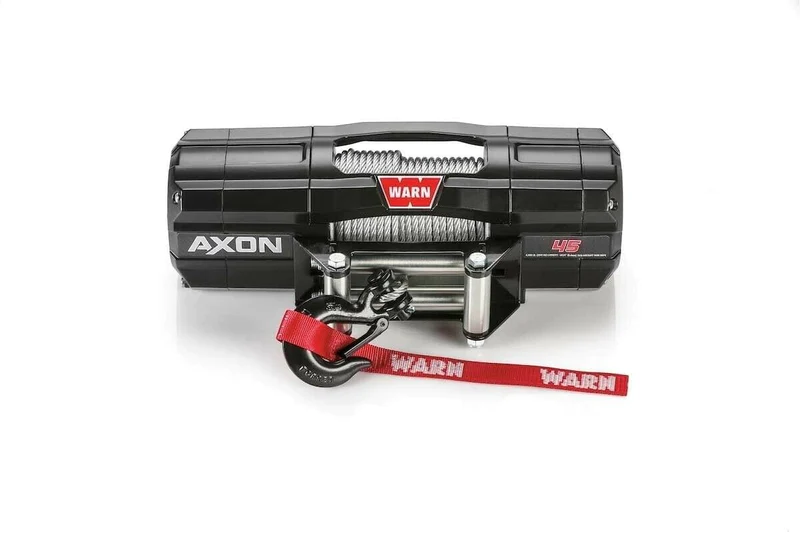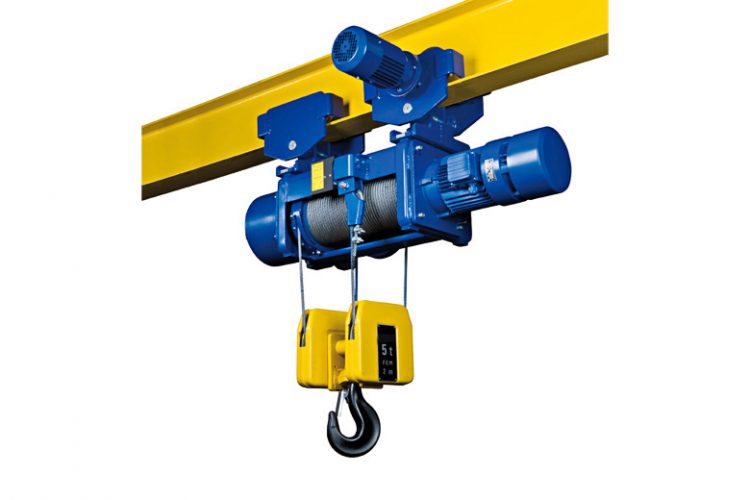When it comes to lifting or pulling heavy loads, the equipment you choose can make all the difference.
Understanding the distinct capabilities and applications of winches and hoists is crucial for safe and efficient operations.
Both devices are indispensable in various industries, yet they serve different purposes and are designed for specific tasks.
This guide aims to clarify the differences between winches and hoists, helping you make an informed decision for your lifting and pulling and rigging needs..
What is a Winch?

A winch is a mechanical device used for pulling or winding up. It operates on a simple mechanism where a rope or cable is wound around a drum (also called a winch drum), and as the drum rotates, it pulls the object towards it. Winches come in three main types, each with different gear ratios affecting their power and speed:
- Manual winches: Powered by hand, suitable for smaller loads
- Electric winches: Use electric motors for moderate pulling power and torque
- Hydraulic winches: Powered by hydraulic systems, ideal for heavy-duty applications
Winches are commonly used in:
- Off-road vehicles for self-recovery and obstacle clearing
- Automotive applications like vehicle recovery
- Marine environments for anchoring and towing
- Construction sites for moving equipment
- Industrial settings for horizontal pulling tasks
What is a Hoist?

A hoist is a device designed specifically for lifting or lowering loads vertically. The basic mechanism involves a drum or lift-wheel where a rope, cable, wire rope, or chain wraps around. Hoists are categorized into:
- Chain hoists: Use a chain loop to lift, popular in industrial settings
- Wire rope hoists: Utilize a cable, often used for heavier loads
- Lever hoists: Operated by a lever, portable and suitable for maintenance tasks
Hoists are vital in:
- Manufacturing plants for production line operations
- Warehousing for inventory management and material handling
- Construction sectors for lifting building materials
- Shipyards for vessel maintenance and cargo loading
- Automotive repair shops for engine removal and installation
Key Differences Between Winches and Hoists
When selecting between a winch and a hoist, consider these key factors to ensure you choose the right equipment for your specific needs:
Load Weight and Size: Accurately assess the maximum weight and dimensions of loads you’ll be handling. Choose equipment with appropriate capacity ratings to ensure safe and efficient operation.
Load control: Consider the level of load control required for your operations. Hoists generally offer more precise load control for vertical lifting.
Lifting Height and Distance: For significant vertical lifting, hoists are generally more suitable. For horizontal pulling or slight inclines, winches are the better choice. Consider the typical height or distance you need to move loads.
Operational Environment: Evaluate whether you’ll be working indoors or outdoors. For indoor use, electric hoists are common in warehouses and factories. For outdoor applications, especially in remote areas, consider weather-resistant winches or hoists. In harsh conditions, hydraulic systems might be preferred for their durability.
Frequency of Use: Assess how often you’ll be using the equipment. For regular, heavy use, invest in high-quality electric or hydraulic models for longevity and reliability. For occasional use, manual winches or hoists might be sufficient and more cost-effective.
Budget and Cost Considerations: Balance the initial investment with long-term value and safety. Consider not just the purchase price, but also operational costs, efficiency, maintenance requirements, and potential labor savings over time.
Conclusion
Understanding the differences between winches and hoists is key to selecting the right tool for your lifting and pulling needs.
By considering the specific applications, safety features, and operational requirements, you can ensure efficient and safe operations.
Whether you’re working in construction, manufacturing, or any field requiring heavy lifting, investing time in research and consulting professionals will help you choose the best equipment for the job.

